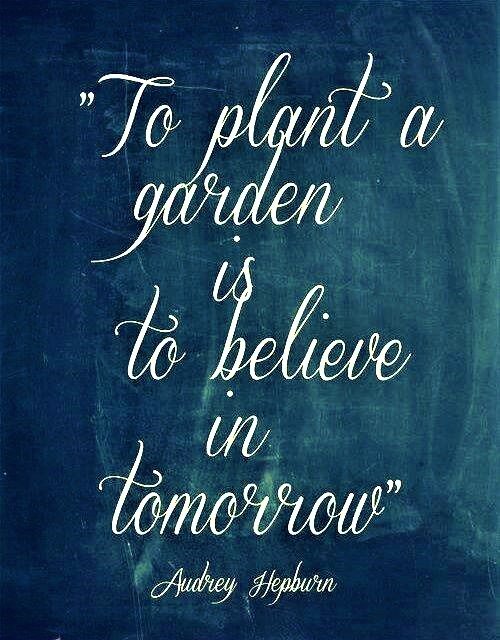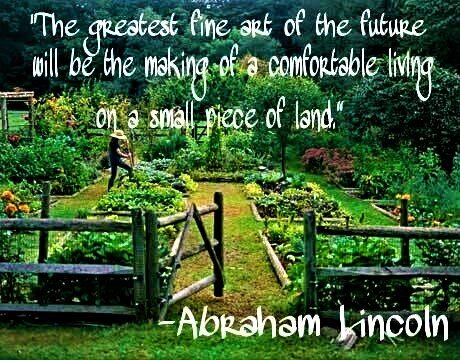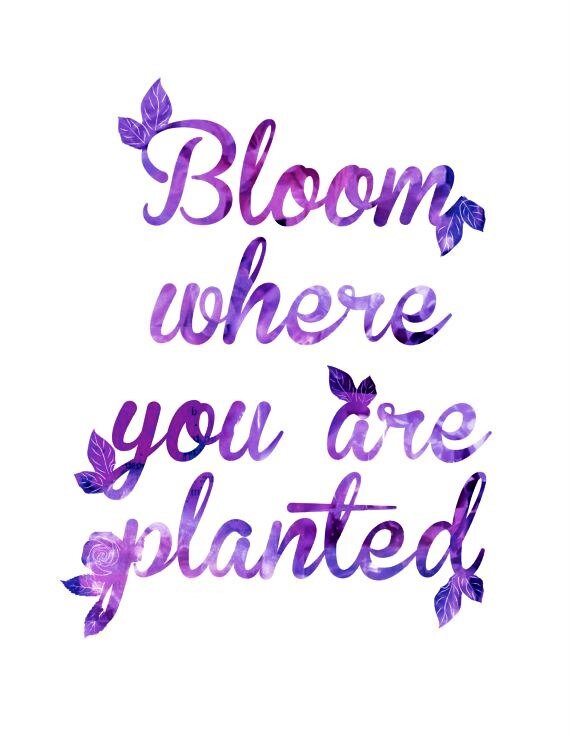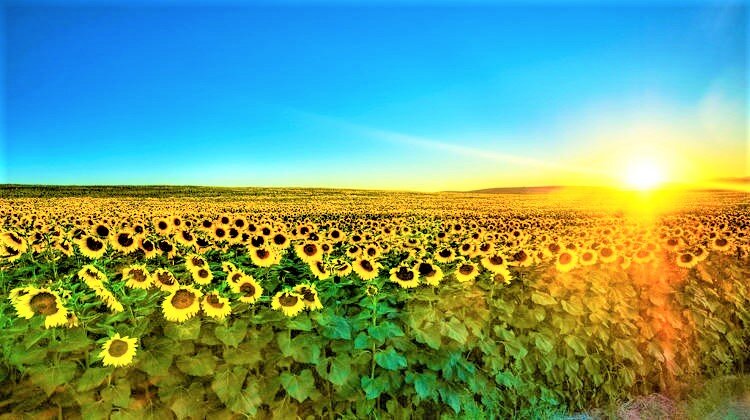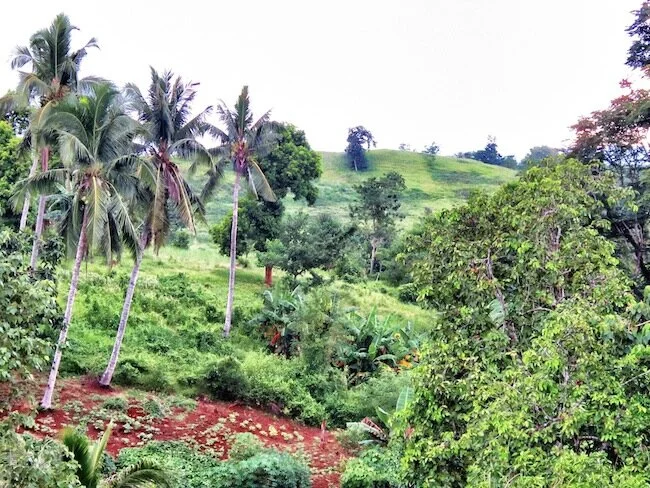Traveling In A Garden
By B.J. Stolbov
Nobody knows when we’ll be traveling again, but for now we’re still very limited and close to home. So why not grow a vegetable garden? Growing good fresh food is an exciting adventure, and it is right in your own hands.
Garden shops at large retailers may be closed, but nurseries are alive because they grow and sell living plants. But life is tough now for the nurseries. If they don’t sell their plants at this time of year, they will lose them and their livelihoods. So support your local nursery! By the way, plants are unaware of the pandemic, except that they appreciate when we’re home more and taking good care of them.
Here are some suggestions for a simple vegetable garden:
If you have ground, plant directly in the ground. Dig a hole, put in a seed or a plant, water it, give it a prayer and a smile, and enjoy life growing.
You could go with raised beds gardening, but, although they are not complicated, they are hard work to build. Also, they are stationary and difficult to move.
What about pots? I absolutely recommend pots. You can move them around as necessary -- morning sun, afternoon sun, all-day sun, or partial shade -- and it is easier to water the plants. Clay pots are pretty, but also dry out fast. Peat pots keep moist, but also cool the plants. Plastic pots retain water, are easy to move, and last almost forever.
Now, onto your plants. Start by asking the good people at your local nursery which plants work best for where you live. If the plant is already in a pot, you may not have to transplant it. When choosing a plant, look for lots of healthy growing tips and a stout trunk. Choosing the right plant is like choosing the right partner, even if it’s only for this summer.
Peas are the earliest and the easiest. As John Lennon sang, “Give peas a chance.”
Tomatoes are easy to grow. They tend to have deep but not wide roots, so they need deeper pots and sufficient water. Tomatoes come in two major types: determinate and indeterminate. Determinates are bushier and all the tomatoes ripen at the same time. Indeteminates grow taller, are viney, like to climb, and the tomatoes ripen all year long until the first frost. I recommend indeterminates. Tomatoes come in many varieties. The three basic varieties are beefsteak (large), cherry (small), and roma (for sauces). Tomatoes come in a wide range of colors from green, yellow, orange, pink, red, purple, brown, and black, and an even wider range of flavors. Ask your friendly nursery person for help in choosing. I prefer dark red tomatoes; they are more nutritious. Totally Tomatoes is a fun website with lots of info on tomatoes and peppers. By the way, cherry tomatoes can be grown successfully in hanging planters. A warm, sun-ripened, fresh-picked, sweet cherry tomato is like an orgasm for your mouth.
Peppers are a different kind of orgasm for your mouth. They are easy to grow in pots. Hot peppers come in a wide variety on the Scoville (hotness) scale. I recommend that you go cool on the hotness scale, such as Anaheims or Poblanos. Homegrown peppers are hotter than store-bought. Also, you can always add more spice to your meal, but it is extremely difficult to take too much spice out of your food. I once grew Habaneros, put one pepper in two pounds of rice, cooked them, and I couldn't eat the rice. I never grew such hot peppers again.
Bell peppers are also easy to grow in pots. They come in a wide range of colors from the basic green, red, and yellow to orange, purple, and chocolate brown. Although they all taste approximately the same to me, the more colorful ones cost much more in a store, and the purple and chocolate brown peppers are beautiful.
You may be surprised to learn that zucchinis are also easy to grow in pots. And they can be used in omelets, salads, smoothies, and zucchini bread. My mother baked great zucchini bread.
Cucumbers are very easy to grow and when the weather gets hot, you can add them to a refreshing lemonade.
Summer squashes are also easy to grow. Summer squashes come in a wide variety.
Winter squashes take longer to grow. Butternut is my favorite. Try a pumpkin or two, in case this lockdown lasts until Halloween or Thanksgiving.
Melons also take longer to grow: I prefer cantaloupe or honeydew melon to watermelon; the latter is, in my opinion, a lot of water and not much melon.
Speaking of water, I once tried to grow carrots. After a lake's worth of water, my carrots looked like crooked thumbs, while the ones in the market looked perfect and a bunch cost less than a dollar. Never grew them again.
Corn cannot be grown in pots, except for one stalk, and cannot be transplanted. There is a very interesting Southwest Native American way of growing corn that has worked for me. Plant one variety of corn in the ground. (If you plant more than one variety, they will cross-pollinate and be inedible, I know because even my dogs wouldn't eat it.) When the corn is about thumb-tall, plant a pole bean variety beside it; it will climb up the corn and it will fertilize the ground. Plant a squash variety beside them; it will crawl between the plants and it will keep the ground moist. So you get three plants -- corn, beans, and squash -- in the same space as one, with the same amount of water.
I fondly remember when my father and I grew corn, we would start a pot of water to boil, go out to the garden, pick the corn, run back to the house, shuck the corn, ease it into the boiling water, watch it for 5 to 7 minutes excitedly until it was done, and then, frankly, fresh-cooked corn is another mouth orgasm. You can also pick the corn, wet its leaves, and grill it. I am savoring the taste as I write this.
I’ve tried potatoes, sweet potatoes, and yams, without much success. Maybe you will have better luck.
You might also want to grow some culinary and medicinal herbs. Basil comes in a wide variety and is useful in many ways, including pesto. Parsley, sage, rosemary, and thyme are all good and goes well with the Simon and Garfunkel version. Also, peppermint or spearmint is easy to grow and good for tea.
Flowers come in three main varieties. Annuals grow, bloom, and die all in one year. Biennials grow in one year, bloom, and die the following year. Perennials grow and bloom for many years. I recommend perennials. Put them in the ground and they basically take care of themselves, some will even grow more plants. I love the color and fragrances of flowers. Beauty is the eye, and the nose, of the beholder.
One more suggestion: when you’re shopping at the nursery, buy at least one plant of "I-wonder-what-the-heck-that-is?" variety. Bring it home, water it, and find out what the heck it is.
Don't forget to talk or sing to your plants. Plants are usually patient listeners and are quietly tolerant of your on-key or off-key singing.
You truly are what you eat. Plant a garden and eat well. Share your harvest with friends and neighbors, and let’s live and grow together through this troubling time.
After 60 years of gardening, my greatest enjoyment is that there is always, and always will be, so much more to learn and grow, and with all these astounding sights, sounds, smells, and flavors, every day, outside my door. I am almost always here on my garden/farm, socially distant, if you have any questions. BJStolbov@gmail.com

